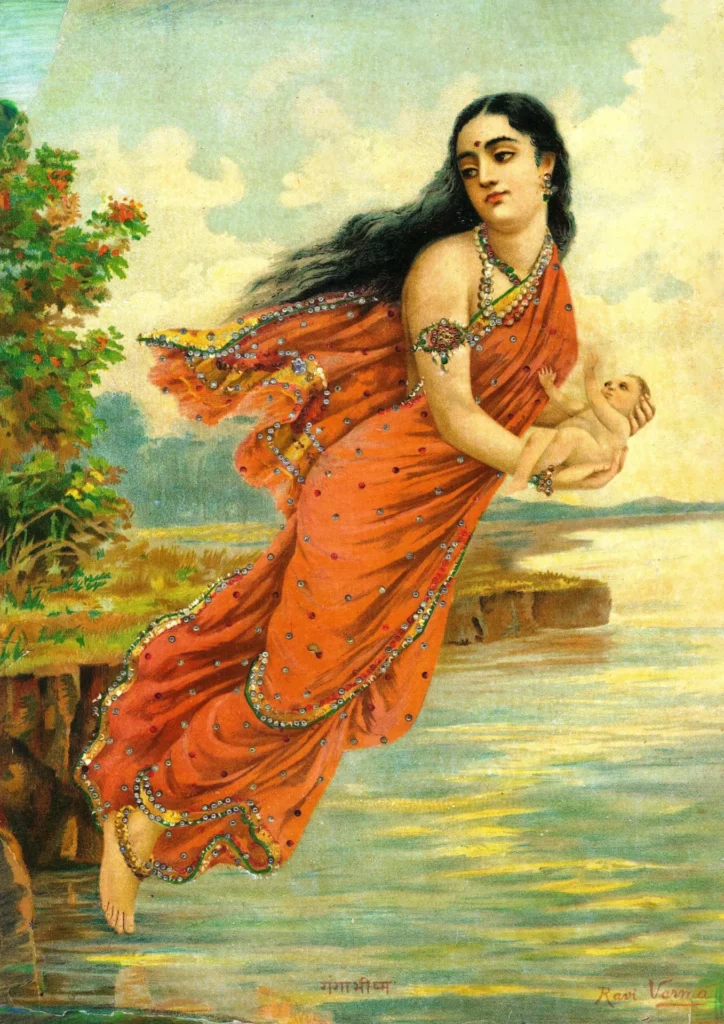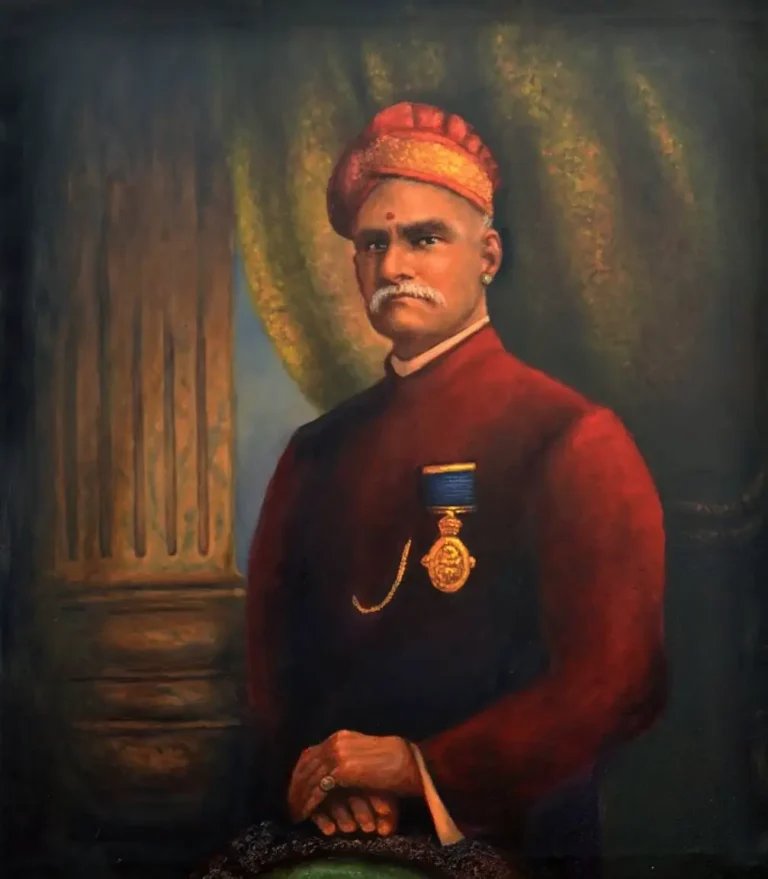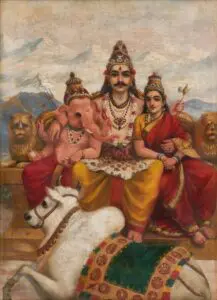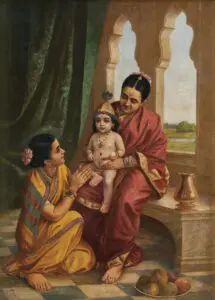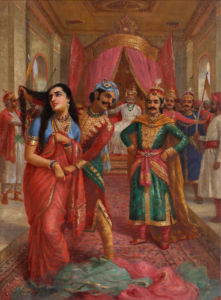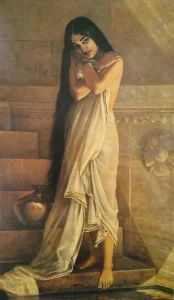Ganga And Bhishma
Raja Ravi Varma's Ganga and Bhishma is a captivating artwork rooted deeply in Hindu mythology. It depicts the poignant moment when Ganga, the goddess of the Ganges River, flees with her son Bhishma. Through his masterful incorporation of Indian mythological themes with European artistic influence, Varma vividly brings to life this narrative of divine intervention and maternal protection. The painting is emblematic of Varma's extraordinary ability to convey emotion and drama, solidifying its place as a cherished piece in the canon of Indian art.
Late 19th Century
About the Artwork
The artwork Ganga and Bhishma tells the poignant tale from the epic Mahabharata, where Ganga, married to King Shantanu under stringent conditions, must free her cursed ethereal children. The narrative unfolds through Ganga's plight as she immerses her children into the river to return them to their celestial origins. However, upon bearing the eighth child, Shantanu’s intervention breaks their covenant, leading Ganga to abscond with Bhishma. This painting captures her haunting farewell and eternal commitment to her son—a divine saga navigating the realms of duty, love, and destiny.
Did You Know
Raja Ravi Varma was known for his unique style that artfully combined traditional Indian themes with European techniques, which is vividly reflected in ‘Ganga and Bhishma’. This fusion helped enhance the narrative quality and brought a modern touch to Indian mythological artworks.
Bhishma, originally named Devarata, is a central figure in the Mahabharata. Known for his vow of celibacy and his unfaltering duty to the throne, Bhishma’s life is a tale of sacrifice and loyalty, greatly influencing the epic’s events.
Ganga, the river goddess, holds immense spiritual significance in Hindu tradition. The myth of her earthly incarnation highlights themes of sacrifice and motherhood, resonating deeply within the lore depicted by Varma in his masterpiece.




